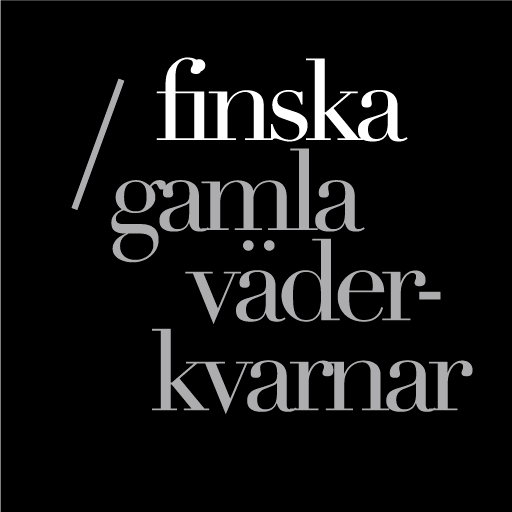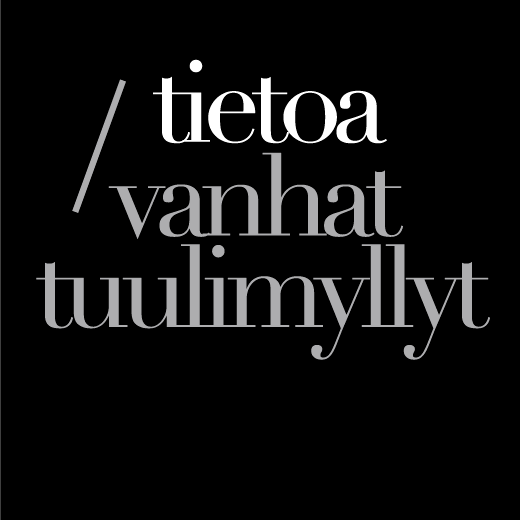Co–operation within the field of conservation of buildings started between Gotland University (now Uppsala University), Sweden and Novia University of Applied Sciences, Finland in the year 2006 with a course about tiled stoves, 2007 about wall papers and 2008 about indoor climate in historic buildings. Estonian Academy of Arts joined the co–operation in 2008 and thereafter the project has been called Sustainable Heritage. The Nordic Council of Ministers has supported the project with stipends and project money all along. Novia UAS was always the promoter and project coordinator from the beginning and will go on in this role.
Phase I: Sustainable Heritage 2008–2011
The three year project Sustainable Heritage was a partner project in Building Conservation involving Uppsala University, Campus Gotland in Visby, Sweden, the Estonian Academy of Arts in Tallinn, Estonia and Novia University of Applied Sciences in Ekenäs, Finland. The project was started in 2008 as a result of the interest in all three countries to promote cooperation in a field that is both urgent and valuable and of equal importance in all the participating countries.
Students greatly benefit from working in an international team as they acquire valuable knowledge and skills when facing differences in working methods, tradition and culture. Joint international projects add value to the specific courses within the field Building Conservation in the participating countries and make the students in the global field of Building better prepared for solving problems on an international as well as national level.
The project Sustainable Heritage was planned and scheduled for a period of three years, 2009–2011, each year focusing on a specific theme. The three parts of the project series have been:
- Lime Rendering in Old Buildings — Hands–On Work in September 2009, in Visby, Gotland, Sweden
- Restoration and Reuse of Manor Houses — Hands–On Work in September 2010, in Tallinn, Estonia
- Tiled Stoves in Old, Traditional Building — Hands–On Work September 2011, in Ekenäs, Finland
Each intensive course comprised 3 ECTS credit points and included lectures, hands–on project work and excursions as well as establishing personal contact through social and cultural activities. An average of two teachers and nine students from each country participated in the annual intensive course programme.
The online project site was established during this phase—from the start it was used for both preparation and evaluation of the courses as well as spreading acquired knowhow within the specialized field of interest. This also secured a continuation of the established professional, vocational and personal contacts. Each course resulted also in an academic report which is published online and printed in a limited edition:
- Lime Rendering; Sustainable Heritage Report No. 1 / Kirsti Horn (ed.) – Vaasa: Novia University of Applied Sciences, 2011
- Restoration Crafts and Practises at Seidla Manor in Estonia; Sustainable Heritage Report No. 2 / Kirsti Horn (ed.) – Vaasa: Novia University of Applied Sciences, 2012
- Manual for Dismantling, Documenting and Rebuilding Historic Tiled Stoves; Sustainable Heritage Report No. 3 / Kirsti Horn (ed.) – Vaasa: Novia University of Applied Sciences, 2012
Phase II: Sustainable Heritage / Traditional Wooden and Masonry Buildings in the Baltic Sea Region 2012–2014
The three year project Sustainable Heritage was a partner project in Building Conservation involving Uppsala University, Campus Gotland in Visby, Sweden, the Estonian Academy of Arts in Tallinn, Estonia and Novia University of Applied Sciences in Ekenäs, Finland. The project was started in 2008 as a result of the interest in all three countries to promote cooperation in a field that is both urgent and valuable and of equal importance in all the participating countries.
Five intensive courses were given between 2012 and 2014:
- Stone Walls — Hands–On Work in Autumn 2012, in Visby, Gotland, Sweden
- Wooden Roofs and Traditional Surface Treatment of Wood — Hands–On Work in Spring 2013, in Ekenäs, Finland
- Reconstructing Stucco and Plasterwork — Hands–On Work in Autumn 2013, at Voltveti Manor, Pärnu, Estonia
- Historical Wooden Constructions — Hands–On Work in Spring 2014, on Gotland, Sweden
- Brick Constructions and Vaults — Hands–On Work September 2011, in Ekenäs, Finland
Each course resulted in a publication:
- Handbook for Building and Repair of Stone Walls; Sustainable Heritage Report No. 4 / Kirsti Horn (ed.) – Ekenäs: Traditional Wooden and Masonry Structures in the Baltic Sea Region, Sustainable Heritage reports 2013
- Plank Roof and Traditional Paintwork; Sustainable Heritage Report No. 5 / Kirsti Horn (ed.) – Vantaa: Traditional Wooden and Masonry Structures in the Baltic Sea Region, Sustainable Heritage reports, 1/2014
- Decorative Plasterwork at Voltveti Manor; Sustainable Heritage Report No. 6 / Kirsti Horn (ed.) – Vantaa: Traditional Wooden and Masonry Structures in the Baltic Sea Region, Sustainable Heritage reports 2/2014
- Windmills in Estonia, Finland and Sweden; Sustainable Heritage Report No. 7 / Kirsti Horn (ed.) – Vantaa: Traditional Wooden and Masonry Structures in the Baltic Sea Region, Sustainable Heritage reports, 1/2015
- Handbook for Building a Root Cellar
Phase III: Sustainable Heritage 2015–2017
The Show must go on… the Sustainable Heritage Project is by now very popular among both students and teachers of the involved institutions. This is why the show will go on.
The third phase of the project consists of three annual courses spanning from 2015 to 2017. At a meeting in Tallinn in January 2015 an outline for the program for the next three years was drawn by the partner organisations i.e. Novia University of Applied Sciences (Finland), Uppsala University (Sweden), Estonian Academy of Arts and Estonian Open Air Museum (Estonia). It was decided that the Sustainable Heritage Project should be continued on much the same principles as it had been run so far.
- Conservation of Wall Paintings — Hands–On Work in Autumn 2015, at Suuremõisa Manor, Hiiumaa, Estonia
- Lime Mortar — Hands–On Work in Autumn 2016, on Gotland, Sweden
- Instruments for monitoring old structures — Hands–On Work Autumn 2017, in Ekenäs and Raseborg, Finland
Each partner organisation will bring their expertise to serve the shared interest in educating the young professionals to look after our heritage. The events will be organised in turns in the partner countries. The best professionals will be engaged as teachers, and the overall object is to sustain our built heritage also in the future.




